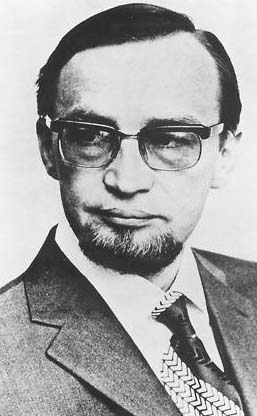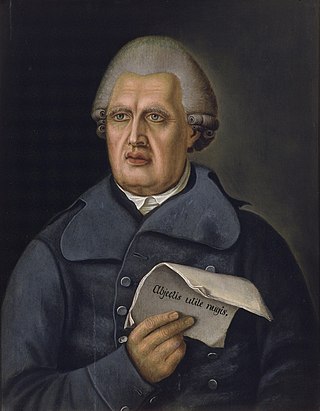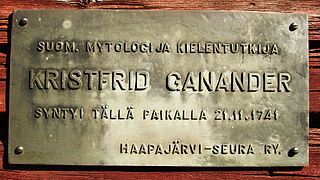Kyllä tieän rauan synnyn,
Arvoan alun teräksen:
Toisin ennen tuulet tuuli,
Toisin ennen säät sävisi,
Maata kuokki koivun latvat,
Peltoja petäjän kerkät.
Tuuli silloin kuusi vuotta,
Seurui seitsemän keseä,
Tuuli taittoi tammen latvat,
Rutaisi ruhevat raiat,
Maasta mättähän mäkäisi,
Tuopa myöstihe merelle,
Siitä saari siunautui
Meren selvälle selälle,
Saarelle salo sorea,
Salohon sileä nurmi,
Siihen kasvoi kaksi neittä,
Koko kolme morsianta.
Niinpä neiet astunevi
Niitylle nimettömälle,
Istuivat itähän rinnoin,
Etelähän päin elivät,
Lypsit maalle maitoansa,
Niitylle nitusiansa.
Läksi maiot vieremähän,
Vieri soita, vieri maita,
Vieri auhtoja ahoja,
Vieri suolle mättähäsen,
Metisehen mättähäsen,
Kultaisehen turpehesen.
Siitä syntyi rauta raukka,
Siitä syntyi ja sikesi,
Suon sisällä, maan navalla,
Maalla keskikorkealla,
Kasvoi rautaiset orahat,
Miehen peukalon pituiset.
Vaka vanha Väinämöinen,
Tietäjä ijän ikuinen,
Oli teitensä käviä,
Matkojensa mitteliä,
Löysi rautaiset orahat,
Teräksiset touvon taimet,
Katselevi, kääntelevi,
Sanan virkkoi, noin nimesi:
‘Mitkä nää on toukojansa,
Ja kutka orahiansa?
Jotain noistaki tulisi,
Luona taitavan takojan.’
Kokosi ne knottihinsa,
Kantavi sepon kätehen;
Tuop’ on seppo Ilmarinen
Etsivi pajan sijoa,
Löysi maata pikkuruisen,
Notkoa ani vähäisen,
Johon painoi palkehensa,
Johon ahjonsa asetti,
Vaan ei kasva rauta raukka,
Sukeu suku teräksen,
Pajassa ovettomassa,
Ahjolla tulettomalla;
Puita puuttui pauan seppä,
Tulta rautojen takoja.
Saapi puita, tuopi tulta,
Vaan ei vielä rauta synny,
Kun ei liene lietsojata,
Palkehella painajata.
Otti orjan lietsomahan,
Palkkalaisen painamahan,
Katsoi ahjonsa alusta,
Lietsimensä liepehiä,
Jopa syntyi rauan synty,
Sikesi suku teräksen.
| Full well I know the iron's genesis,
I remember the origin of steel.
Of old the winds blew otherwise,
of old storms whistled otherwise,
the head of a birch tore up the ground,
the young shoots of a fir the fields.
Then it blew six years,
seven summers it inflicted harm,
the wind broke off the heads of oaks,
smashed branching [v. huge] sallow trees,
knocked a hillock from the ground
and conveyed it to the sea;
an isle was formed by spells from it
on the clear and open sea
on the island was a lovely wood,
in the wood meadow smooth,
on this two girls grew up,
a triplet of brides.
Well, the three maidens walked
along to a meadow without a name,
sat down with their breasts to the east,
with their heads to the south,
milked their milk upon the ground,
their paps upon the mead.
The milk began to flow,
flowed over swamps, flowed over lands,
flowed over sandy fields run wild,
flowed to a hillock on a swamp,
to a honeyed knoll,
into golden turf.
Hence did poor iron originate,
then it was born and was produced,
in a swamp, on an earthy knoll,
on ground of medium height
iron sprouts grew up
as high as the thumb of a man.
Trusty old Väinämöinen,
the soothsayer old as time,
was wending his way,
was pursuing his course;
he found the iron sprouts
the growing shoots of steel,
he looked about, turned round,
uttered a speech and thus he spoke:--
What sort of growing corn is this
and what these sprouting shoots?
Something would result from them
at a skilful hammerer's.'
Into his pouch he gathered them,
to a smith's hands he carried them.
The smith Ilmarinen
sought a place for his forge,
found a tiny bit of ground,
a very tiny dell
where he put his bellows up,
where he set up his forge,
but wretched iron is not produced (F. grows not)
and steel does not originate
in a smithy without a door,
in a forge without a fire;
the blacksmith had lack of wood,
the forger in iron—of fire.
He got some wood and fire he fetched,
but still iron is not made (F. born)
unless there be a bellowsman,
a man to press the bellows down.
He took a servant to blow,
a hireling to press them down,
he looked underneath the forge,
along the bellows' outer edge,
iron was already made (F. born)
and steel produced. |


![The Birth of Iron, Joseph Alanen [fi], 1910-1912 Joseph Alanen - The Birth of Iron.jpg](http://upload.wikimedia.org/wikipedia/commons/thumb/6/6f/Joseph_Alanen_-_The_Birth_of_Iron.jpg/220px-Joseph_Alanen_-_The_Birth_of_Iron.jpg)












